April inflation up modestly, about as expected.
The April Consumer Price Index (CPI) rose by 0.2 percent for the month, lowering the 12-month trend rate to 2.3 percent – the lowest trend rate since February 2021. The core CPI (removing the volatile food and energy components) also increased by 0.2 percent – a tad below expectations. The trend rate for the core CPI remained at 2.8 percent.
Shelter costs climbed by 0.3 percent for the month, which made up more than half of the increase in the overall CPI. Energy prices also rose, as natural gas and electricity costs more than offset falling gasoline prices. Commodities, less food and energy, increased by only 0.1 percent. It’s difficult to see any significant impact from tariffs in the April inflation report – even new auto prices were unchanged and used prices dropped by 0.5 percent (despite a jump in the Manheim used car price figures). But tariff impacts are more likely to be seen in the CPI figures in coming months, especially as shortages in some goods appear. Of course, if trade agreements with major trading partners actually occur, the worst impacts of rising tariffs should be avoided.
The inflation figures are unlikely to cause the Federal Reserve to change monetary policy at the June Federal Open Market Committee (FOMC) meeting (note, however, that the PCE inflation measures for April will be released later this month and the May CPI about a week before the next FOMC meeting). The CME’s Fed Watch Tool shows that there is a nearly 90 percent chance of no Fed rate changes at the June meeting. Even by year end, markets now expect only two Fed easings – bringing the target range for the federal funds rate down to 3.75-4.00 percent (although the risk is that rates will be a bit lower than this, rather than higher). What the Fed actually does will depend upon the behavior of both inflation and unemployment. The lower inflation moves, the more likely it is that the Fed will ease monetary policy (and by more) – with higher unemployment moving the Fed in the same direction. But if tariffs (or something else) move inflation higher, then the Fed could ease by less than markets currently expect (or even keep the Fed from easing at all). The problem for the Fed would come if inflation moves higher in coming months at the same time that the economy slows and unemployment increases.
David W. Berson, Ph.D., CBE
Chief Economist
Feedback | Bio
Sign up for our Market Commentaries
Cumberland Advisors Market Commentaries offer insights and analysis on upcoming, important economic issues that potentially impact global financial markets. Our team shares their thinking on global economic developments, market news and other factors that often influence investment opportunities and strategies.
Links to other websites or electronic media controlled or offered by Third-Parties (non-affiliates of Cumberland Advisors) are provided only as a reference and courtesy to our users. Cumberland Advisors has no control over such websites, does not recommend or endorse any opinions, ideas, products, information, or content of such sites, and makes no warranties as to the accuracy, completeness, reliability or suitability of their content. Cumberland Advisors hereby disclaims liability for any information, materials, products or services posted or offered at any of the Third-Party websites. The Third-Party may have a privacy and/or security policy different from that of Cumberland Advisors. Therefore, please refer to the specific privacy and security policies of the Third-Party when accessing their websites.

